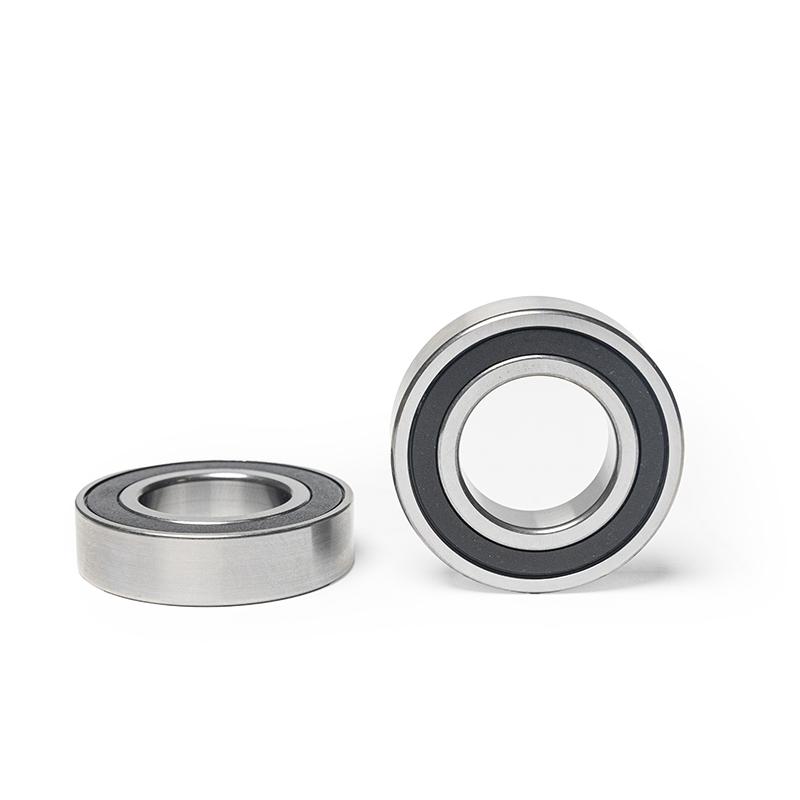In the fast-evolving world of industrial machinery and automation, roller bearing technology stands at the core of mechanical motion. These crucial components may appear small, but their impact on performance, reliability, and efficiency in heavy-duty applications is enormous. Whether in robotics, aerospace, construction equipment, or high-speed trains, the role of the roller bearing continues to grow, driven by innovation and the rising demand for precision.
What Makes Roller Bearing Indispensable?
A roller bearing reduces rotational friction and supports radial and axial loads through rolling elements placed between bearing races. Compared to ball bearings, roller bearings offer higher load capacities due to their larger contact surface. This feature makes them ideal for applications where durability and performance under pressure are non-negotiable.
From cylindrical and tapered to spherical and needle types, roller bearings are engineered to meet specific industry needs. In high-load environments such as mining or wind turbines, their ability to operate under extreme conditions ensures long service life and lower maintenance.
The Engineering Behind Performance
Precision engineering is at the heart of every advanced roller bearing. Modern manufacturing processes, including CNC machining, heat treatment, and surface finishing, contribute to the reliability and performance of these components. Material selection—typically high-grade steel or hybrid ceramics—also plays a key role in resisting wear, reducing friction, and withstanding heavy vibration.
Lubrication technology has also evolved. New grease formulations and sealed bearing options help reduce the need for frequent maintenance and prevent contamination in demanding environments. For industries operating in harsh settings such as offshore rigs or cleanrooms, these innovations are game-changers.
Emerging Trends in the Roller Bearing Industry
The global demand for high-precision roller bearings is on the rise. With automation and smart machinery expanding across industries, bearings must now meet new requirements for real-time monitoring, minimal energy loss, and high-speed performance.
One significant trend is the integration of IoT-enabled roller bearing systems. These smart bearings are embedded with sensors that monitor temperature, vibration, and wear in real-time. This data can be used to predict failures before they occur, reducing downtime and extending equipment lifespan.
Another promising development is the rise of lightweight materials and coatings. Advanced surface treatments reduce friction and improve corrosion resistance, enabling roller bearings to perform better in aggressive environments. Meanwhile, composite cages and ceramic rollers are being adopted for their superior strength-to-weight ratio and thermal stability.
A Sustainable Future Through Innovation
As industries become more focused on sustainability, roller bearing manufacturers are innovating to align with green engineering principles. Energy-efficient designs and recyclable materials are being prioritized. By reducing friction losses and extending maintenance intervals, roller bearings contribute to lower energy consumption and fewer material replacements over time.
Moreover, many manufacturers now offer customized roller bearing solutions tailored to specific customer needs. Whether it’s a compact design for medical imaging equipment or a heavy-duty solution for industrial cranes, bespoke engineering ensures optimal performance and cost-effectiveness.
Conclusion
Roller bearings may be small components, but they are critical to the smooth, reliable operation of countless machines. With ongoing advancements in design, materials, and smart monitoring systems, the future of roller bearing technology is brighter than ever. For businesses looking to stay competitive, investing in high-performance roller bearing solutions is not just a choice—it’s a necessity for long-term efficiency, precision, and innovation.

